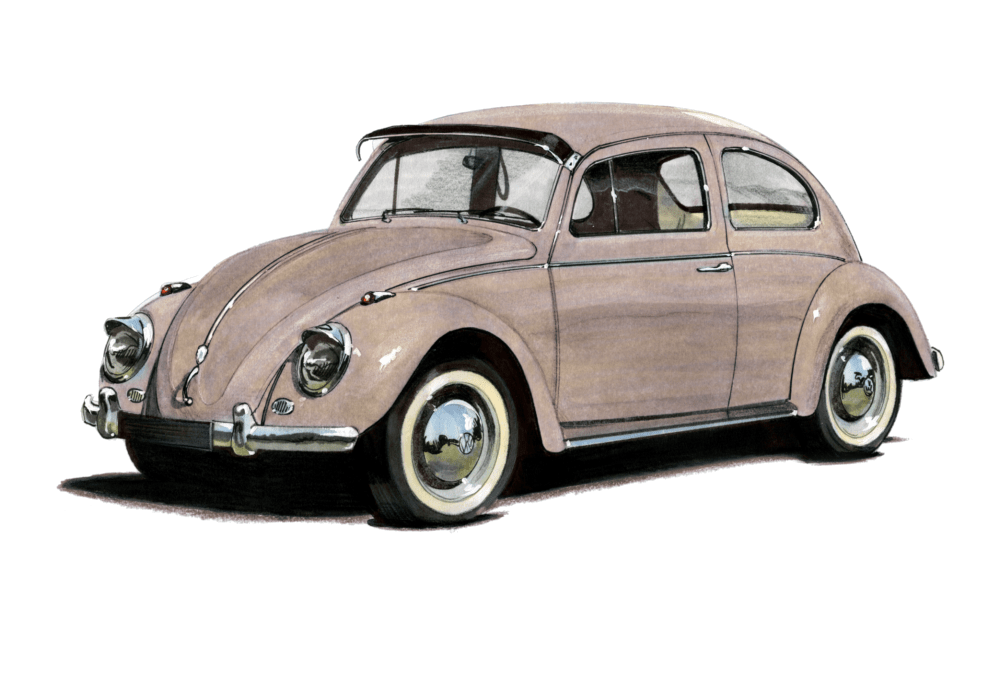
An iconic symbol of the 20th century, the Volkswagen Beetle is a unique automobile that holds a special place in the world of automotive history. Its distinctive design is a radical departure from traditional car design norms of its time, providing it with a sense of character that has endeared it to millions of fans across the globe. In this article, we highlight some of the quirks and unique characteristics of the Beetle’s design.
1. The Beetle’s Curvy Design
One of the most noticeable characteristics of the Beetle is its distinctive curvy design. In a time when most cars adopted a boxy look, the Beetle dared to be different with its rounded silhouette. Its dome-like roof, rounded fenders and bulbous boot give it an unmistakable presence on the road. This design features a rear engine with a compact front, giving it a unique profile that has been iconic for more than half a century.
2. The Rear-Engine Layout
Unlike most vehicles, the Beetle houses its engine at the rear. This quirky design choice was originally made to simplify the vehicle’s construction and improve traction. The rear-engine layout also enhances the Beetle’s heat distribution, as the engine serves as a source of heat for the back of the car, making it comfy during winter drives. However, it also meant a distinctive driving experience, one that Beetle lovers appreciate as part of its unique charm.
3. The Split Rear Window
Another quirk of the earlier Beetle models is the split rear window design. While most cars have a single piece of glass for their rear window, the original Volkswagen Beetle featured a window split into two halves by a central pillar, a design feature affectionately known as the “pretzel window”. This design was eventually phased out in 1953 for a single-piece oval rear window due to visibility concerns.
4. The Punch Buggy Game
Part of the Beetle’s cultural impact is an offbeat game based on its unique design. “Punch Buggy” or “Slug Bug,” as it is also known, is a car game where participants punch each other on the arm when they spot a Beetle. While it may not be a physical aspect of the Beetle’s design, it’s a social phenomenon that has been passed down through generations and further cements the Beetle’s iconic status.
5. Herbie the Love Bug
The unique design of the Beetle is such that it has found its way into popular culture including literature, film, and television. One of the most famous examples is Herbie the Love Bug, a charismatic, anthropomorphic 1963 Beetle featured in several Walt Disney films. Herbie’s number “53” and his distinct red, white, and blue racing stripes have become as iconic as the Beetle’s design itself.
6. Built to Last
The Beetle’s solid and durable design, unique to most cars of its generation, has also contributed to its long-lasting charm. These vehicles are known for their longevity, and it’s not uncommon to find classic models still running smoothly. This enduring quality is as much a part of the Beetle’s appeal as its quirky aesthetics.
The Volkswagen Beetle’s design is a study in innovative thinking and forward-looking design. It’s an example of how daring to be different can pay off in creating a timeless and iconic product. Its quirks and unique characteristics have made it one of the most recognizable and loved cars in automotive history. As such, the Beetle continues to be celebrated by enthusiasts and casual admirers alike, standing as a testament that “different” can indeed be wonderful.